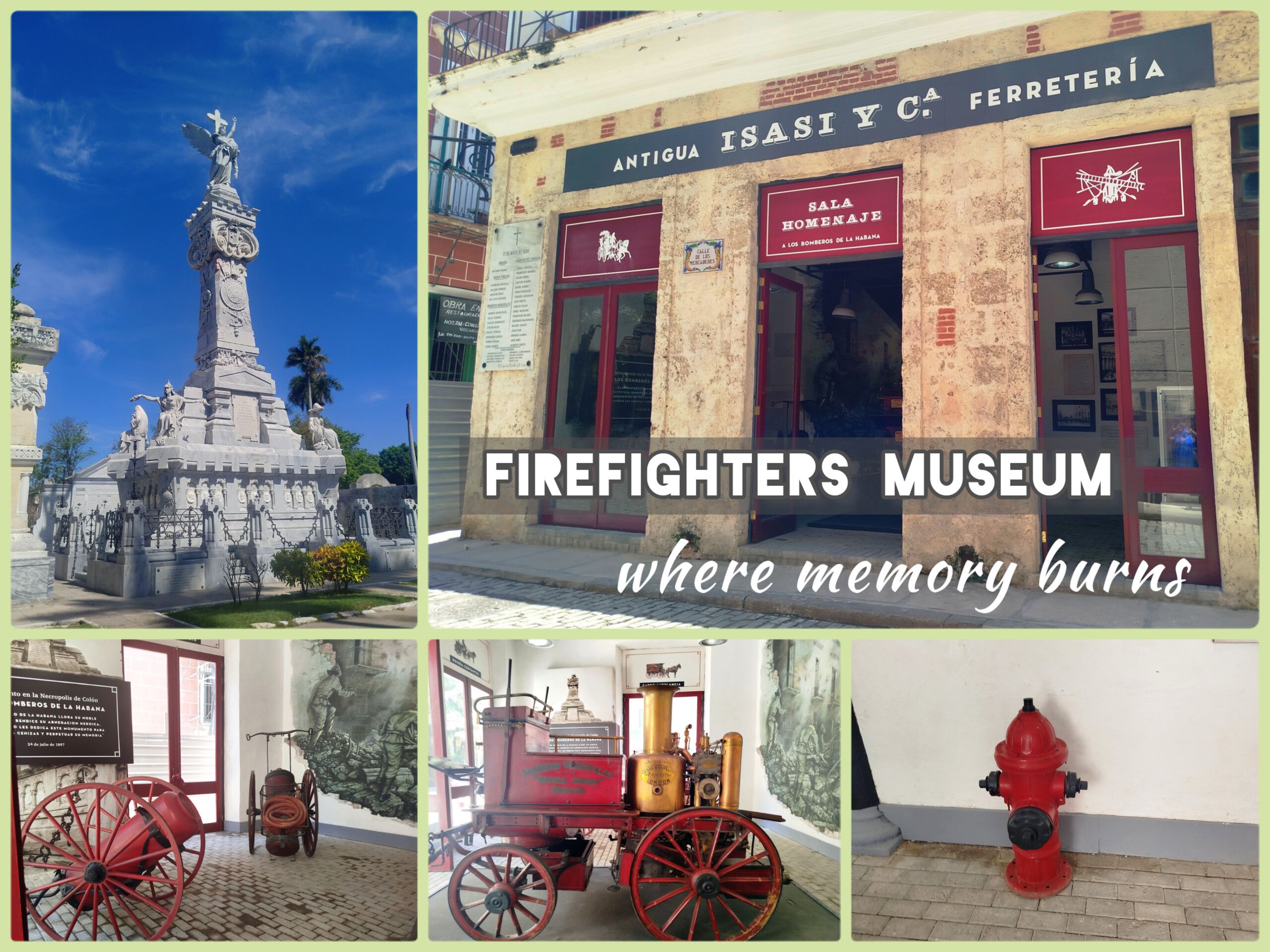
Today, walking down Mercaderes Street, between Lamparilla and the echoes of the past, I stumbled upon a museum that not only houses objects, but also ashes, names, and a still-stirring pain. The Firefighters Museum, located in the old station founded in 1909, is a shrine to memory. Although it doesn't stand on the rubble of the Isasi hardware store, where the 1890 fire occurred, it is located just a few meters from the site, in Old Havana. Its location is no coincidence; it is a gesture of continuity, a tribute to the same service those young men offered with their lives.
> *Hoy, al caminar por la calle Mercaderes, entre Lamparilla y los ecos del pasado, tropecé con un museo que no solo guarda objetos, guarda cenizas, nombres, y un dolor que aún palpita. El Museo de los Bomberos, ubicado en la antigua estación fundada en 1909, es un santuario de memoria. Aunque no se levanta sobre los escombros de la ferretería Isasi, donde ocurrió el siniestro de 1890, sí se encuentra a escasos metros del lugar, en La Habana Vieja. Su ubicación no es casual, es un gesto de continuidad, de tributo desde el mismo servicio que aquellos jóvenes ofrecieron con su vida.*

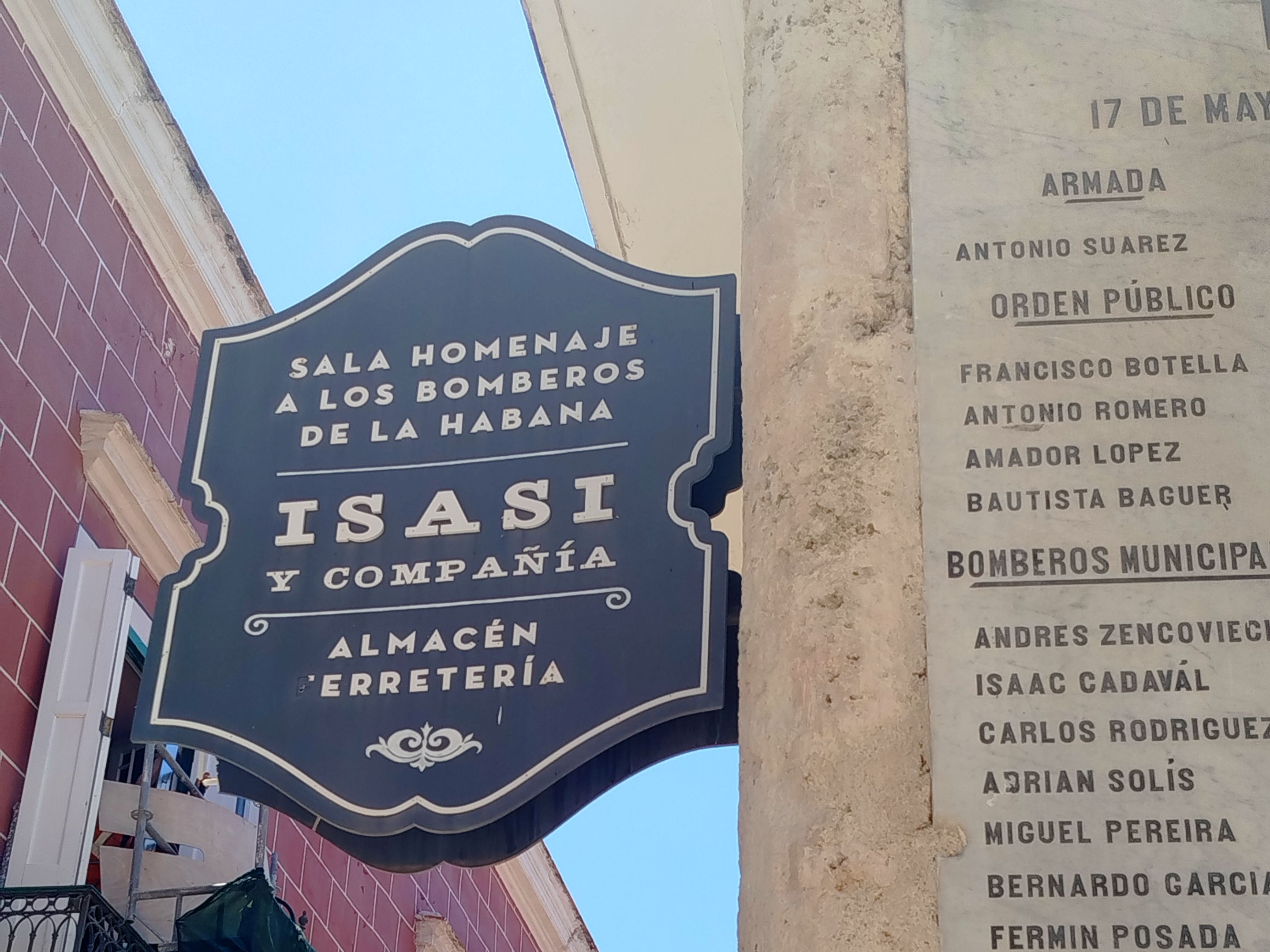
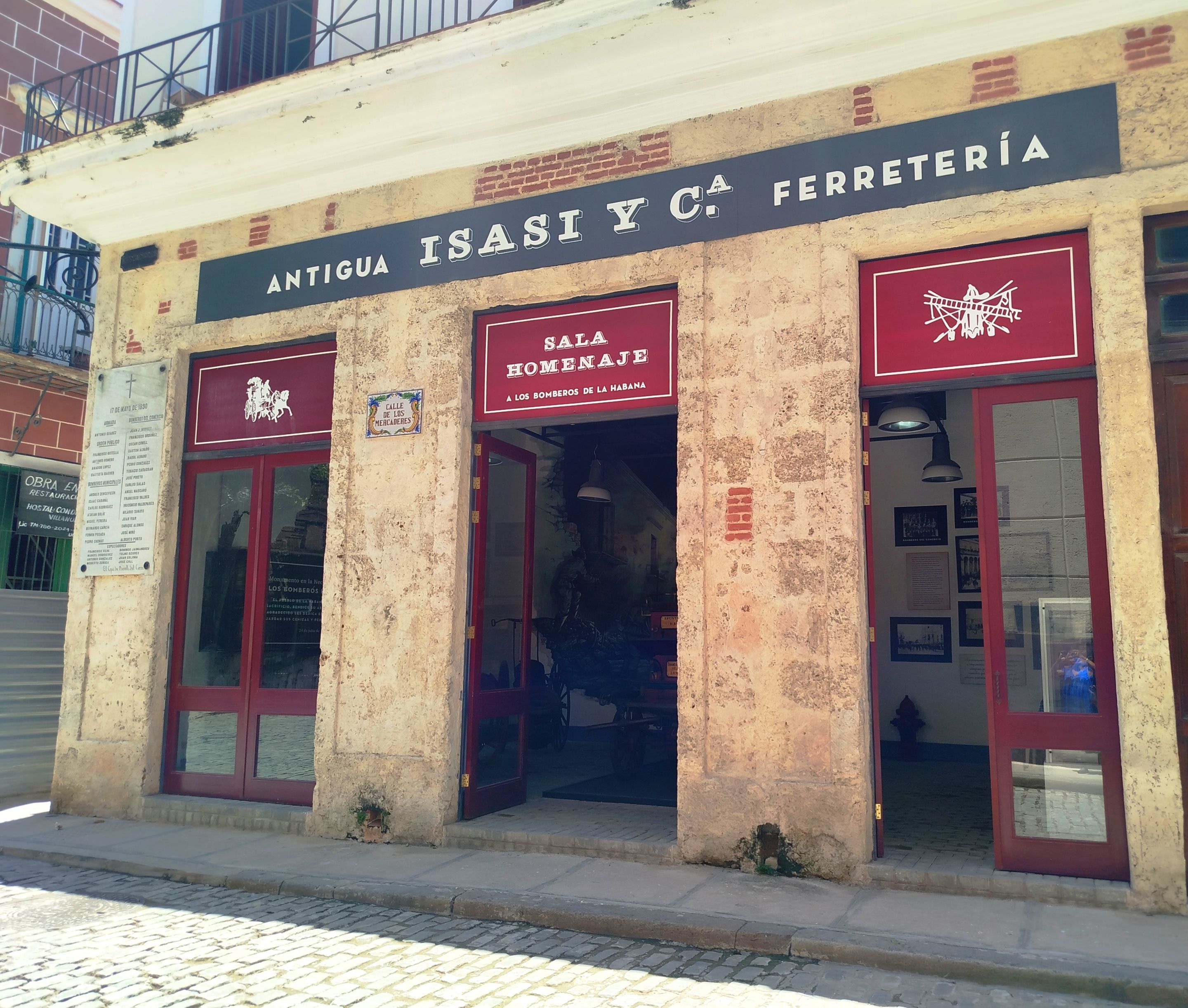
According to history, on the night of May 17, 1890, a fire broke out at the Isasi Warehouses. Young firefighters responded to the urgent call. What seemed like a common disaster turned into a massive tragedy. The fire spread to clandestine dynamite stores, causing explosions that claimed the lives of 25 firefighters, as well as civilians and sailors. The distraught townspeople turned out in a procession that accompanied the bodies to their final resting place in the Colón Cemetery. Today, the cemetery's tallest monument stands there, crowned by the Angel of Faith holding a fainting firefighter, a symbol of selflessness, pain, and heroism.
> *Según cuenta la historia en la noche del 17 de mayo de 1890, un incendio estalló en los Almacenes Isasi. Al llamado urgente acudieron los jóvenes bomberos. Lo que parecía un siniestro común se convirtió en una tragedia descomunal, el fuego alcanzó depósitos clandestinos de dinamita, provocando explosiones que cegaron la vida de 25 bomberos, además de civiles y marineros. El pueblo, consternado, se volcó en una procesión que acompañó los cuerpos hacia su descanso final en la Necrópolis de Colón. Allí se erige hoy el monumento más alto del cementerio, coronado por el Ángel de la Fe que sostiene a un bombero desfallecido, símbolo de abnegación, dolor y heroísmo.*
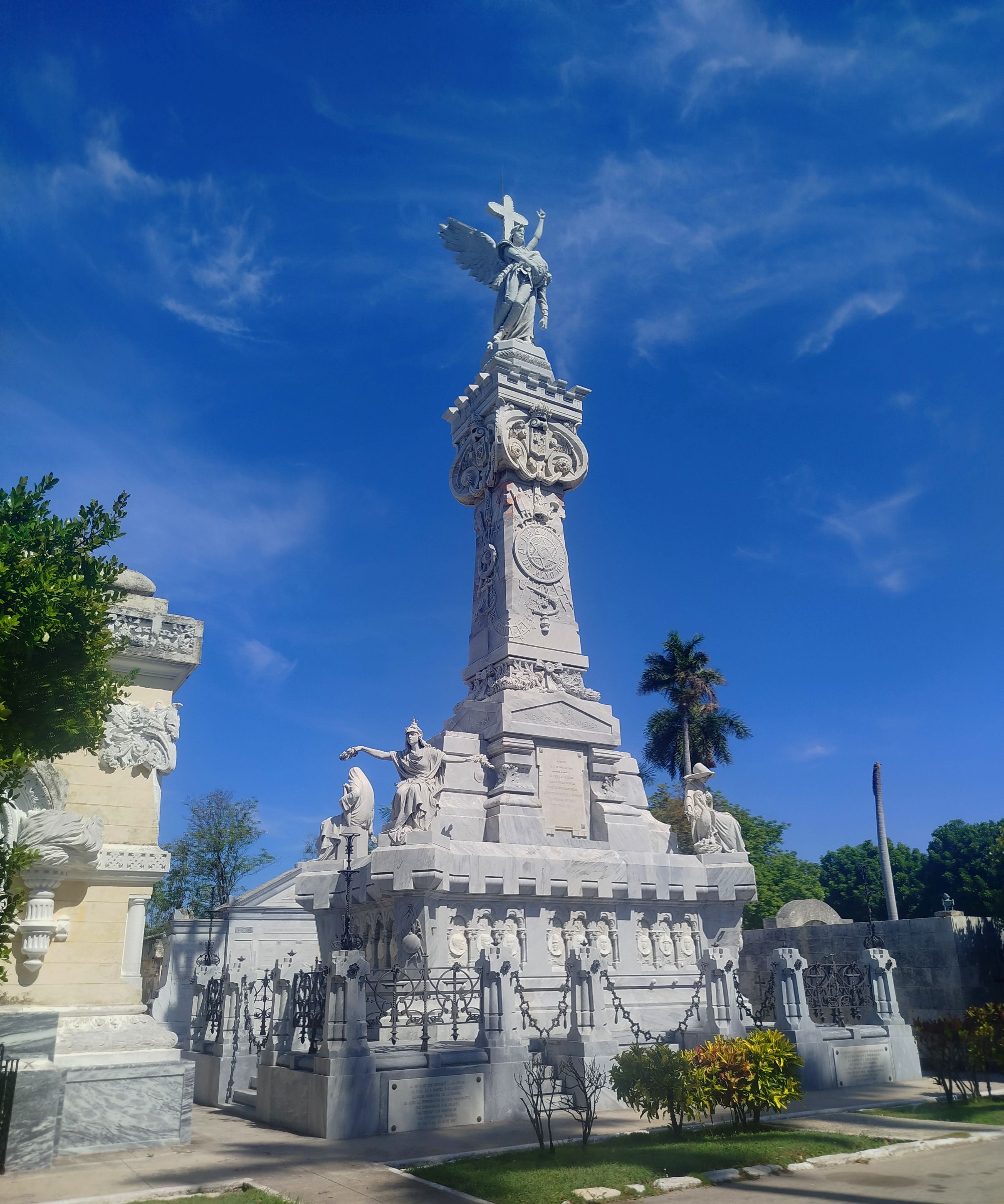
On the museum's façade, a marble plaque solemnly commemorates the fallen. Above, an inscription names Isasi y Compañía, the warehouse where the accident occurred, suggesting that the museum not only honors memory from a symbolic proximity, but could also occupy the same or adjacent lot. This physical connection between the present and the past turns the museum into a space of mourning, justice, and continuity. I must admit that when I entered the museum and noticed the connection with the great monument I have seen and admired many times in the cemetery, a cold thread ran down my spine, and emotions surged.
> *En la fachada del museo, una tarja de mármol recuerda con solemnidad a los caídos. Encima, una inscripción nombra a Isasi y Compañía, el almacén donde ocurrió el siniestro, lo que sugiere que el museo no solo honra la memoria desde la cercanía simbólica, sino que podría ocupar el mismo solar o uno contiguo. Esta conexión física entre el presente y el pasado convierte al museo en un espacio de duelo, de justicia, y de continuidad. Debo reconocer que cuando entre en el museo y noté la conexión con el gran monumento que he visto muchas veces y admirado en el Cementerio Colón, un hilo frío recorrió mi espina dorsal y los sentimientos se agolparon.*

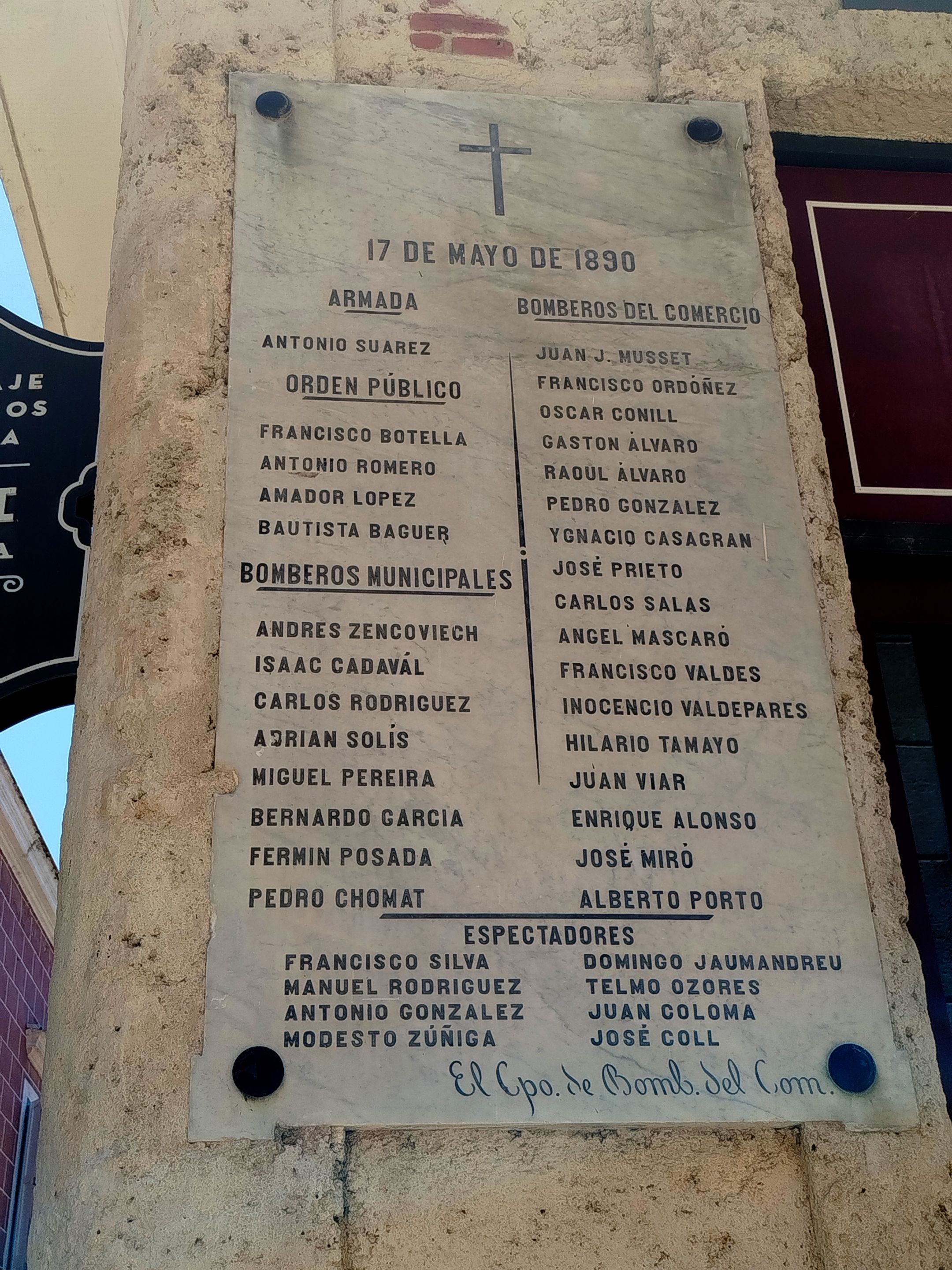
The museum, opened in 2008 by the Historian's Office, houses locomotives, tanker trucks, hand pumps, uniforms, tools, and documents chronicling the evolution of the fire department in Cuba. Inside, the air seems charged with respect. A red fire engine, inscribed with the Havana City Council and manufactured in England, stands out as a living relic. Behind it, a mural depicts firefighters facing the flames, while documents, photographs, and utensils surround the scene like naked witnesses. Everything seems to whisper stories of courage.
> *El museo, inaugurado en 2008 por la Oficina del Historiador, alberga locomotoras, camiones cisterna, bombas manuales, uniformes, herramientas y documentos que narran la evolución del cuerpo de bomberos en Cuba. En su interior, se respira un aire de respeto. Un camión de bomberos rojo, con la inscripción del Ayuntamiento de La Habana y fabricado en Inglaterra, destaca como una reliquia viviente. Detrás, un mural representa a los bomberos frente a las llamas, mientras documentos, fotografías y utensilios rodean la escena como testigos desnudos. Todo parece susurrar historias de valentía.*

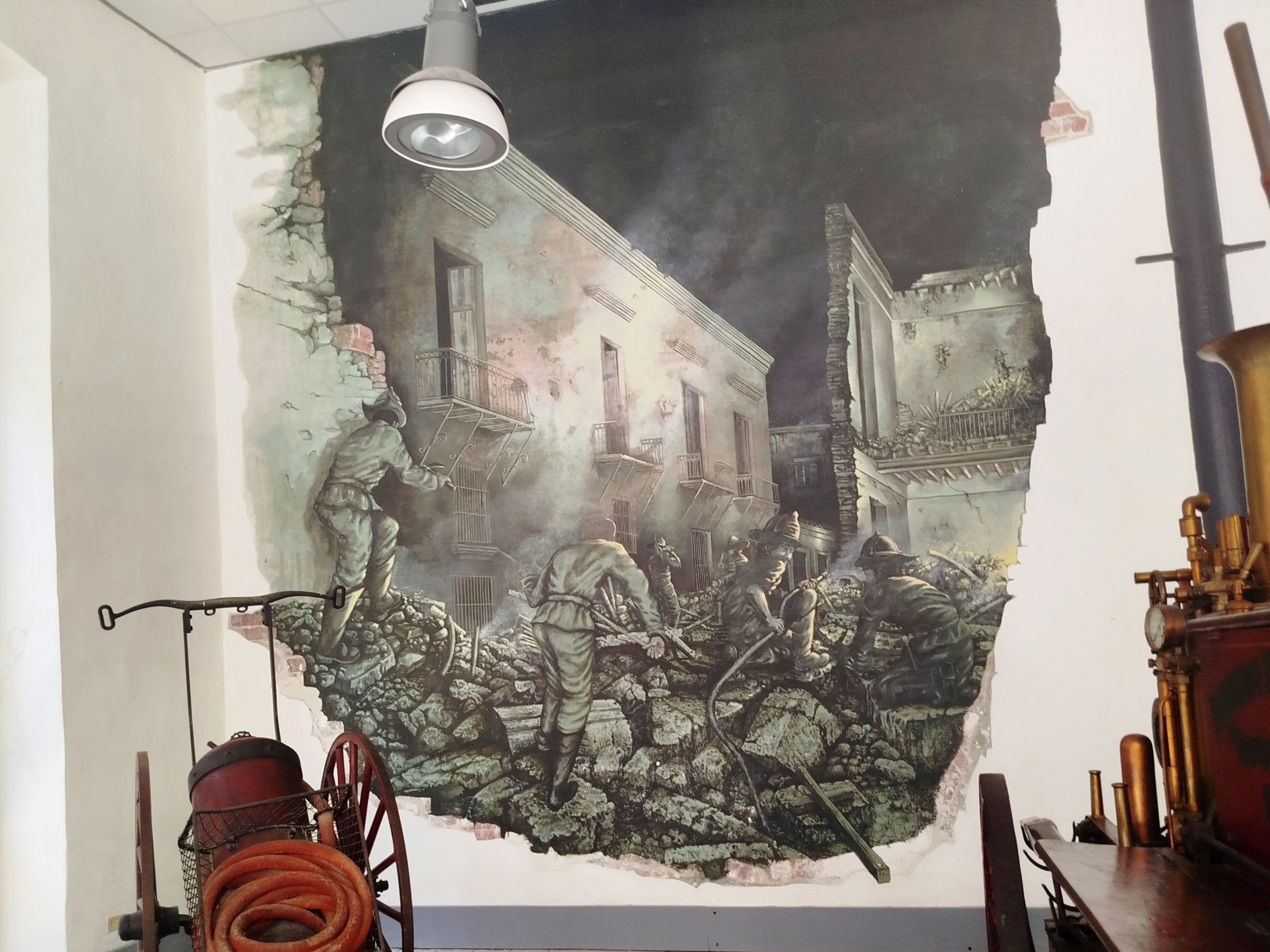
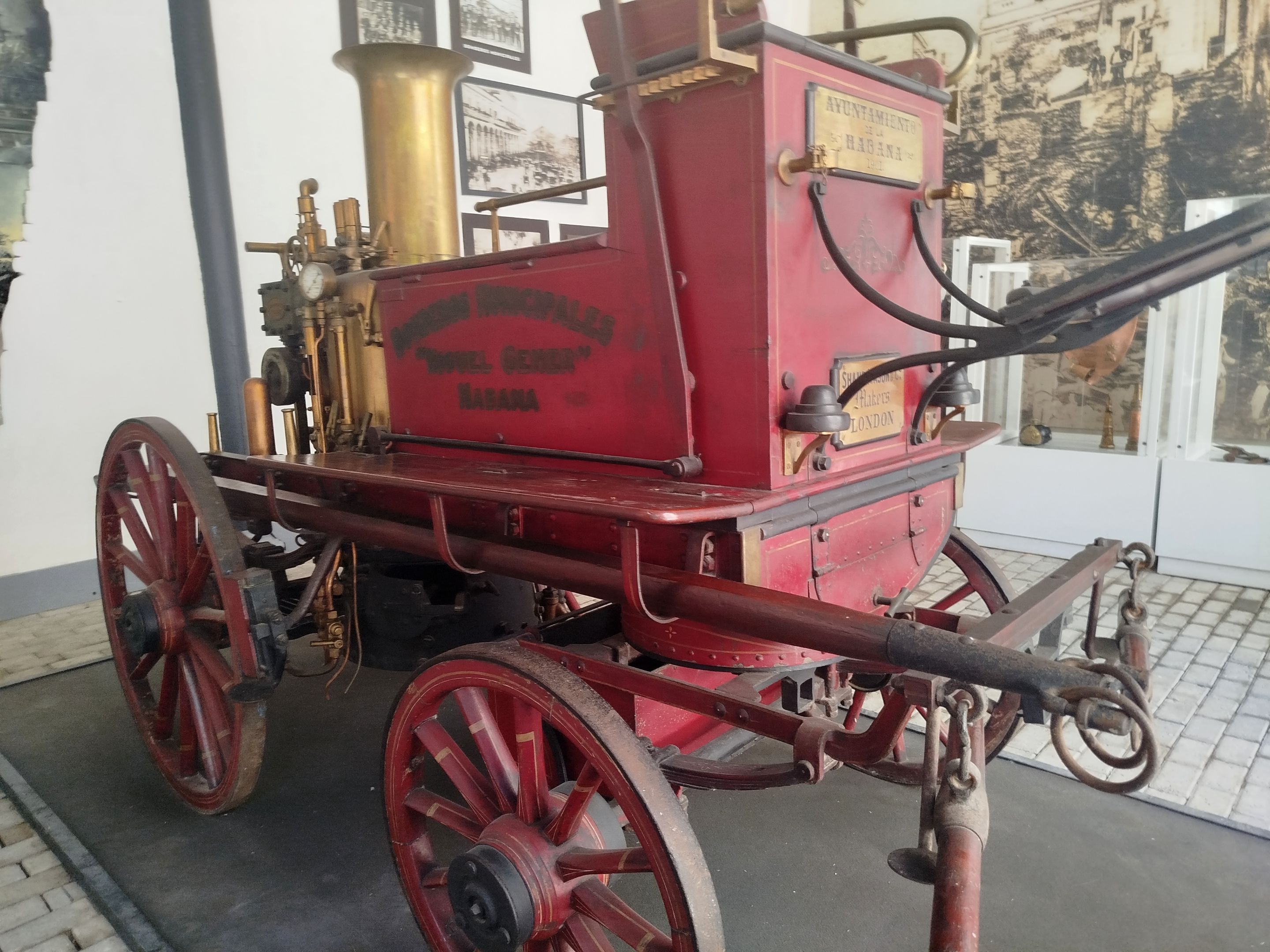

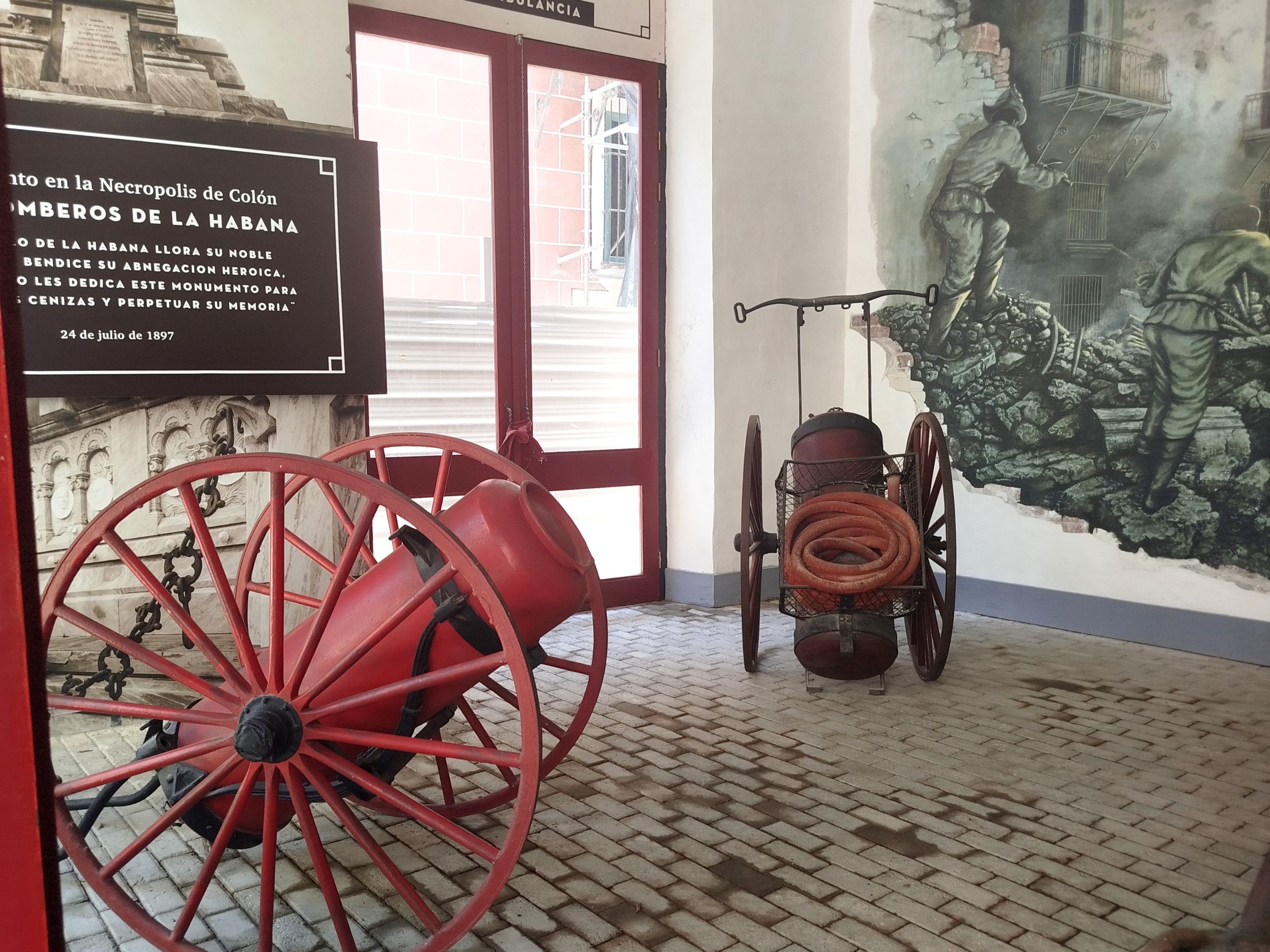
In another display case, two dress uniforms stand like sentinels of memory, with shining helmets and chains resembling medals of honor. Beside them, a copper shield with inscriptions and antique observation instruments reveal the rigor and dignity of the profession. In the background, a black and white image seems to look back, as if the objects were witnesses and protagonists of a history that still speaks to us.
> *En otra vitrina, dos uniformes de gala se alzan como centinelas del recuerdo, con cascos brillantes y cadenas que parecen medallas de honor. Junto a ellos, un escudo de cobre con inscripciones y antiguos instrumentos de observación revelan el rigor y la dignidad del oficio. Al fondo, una imagen en blanco y negro parece mirar desde el pasado, como si los objetos fueran testigos y protagonistas de una historia que aún nos interpela.*
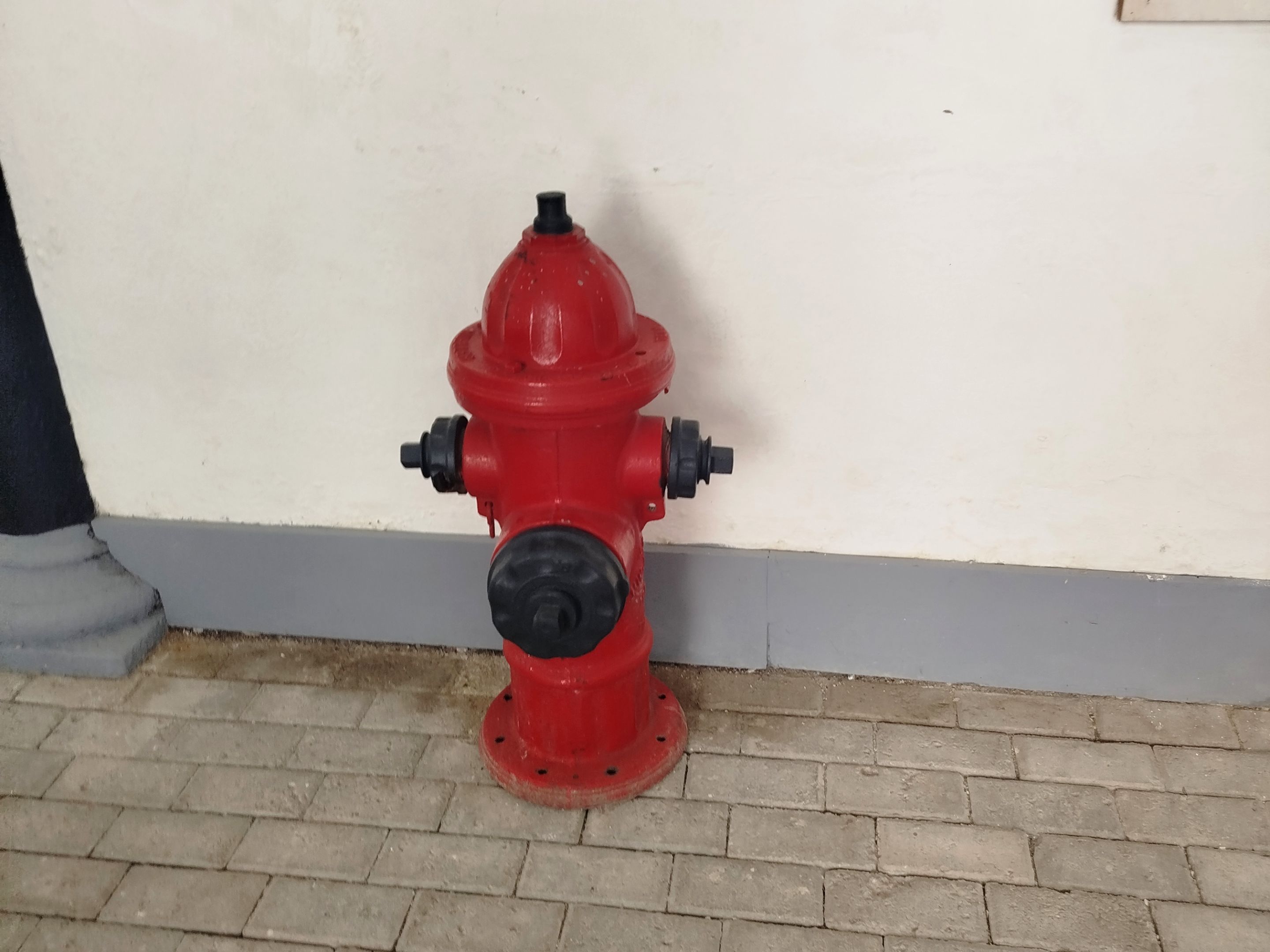
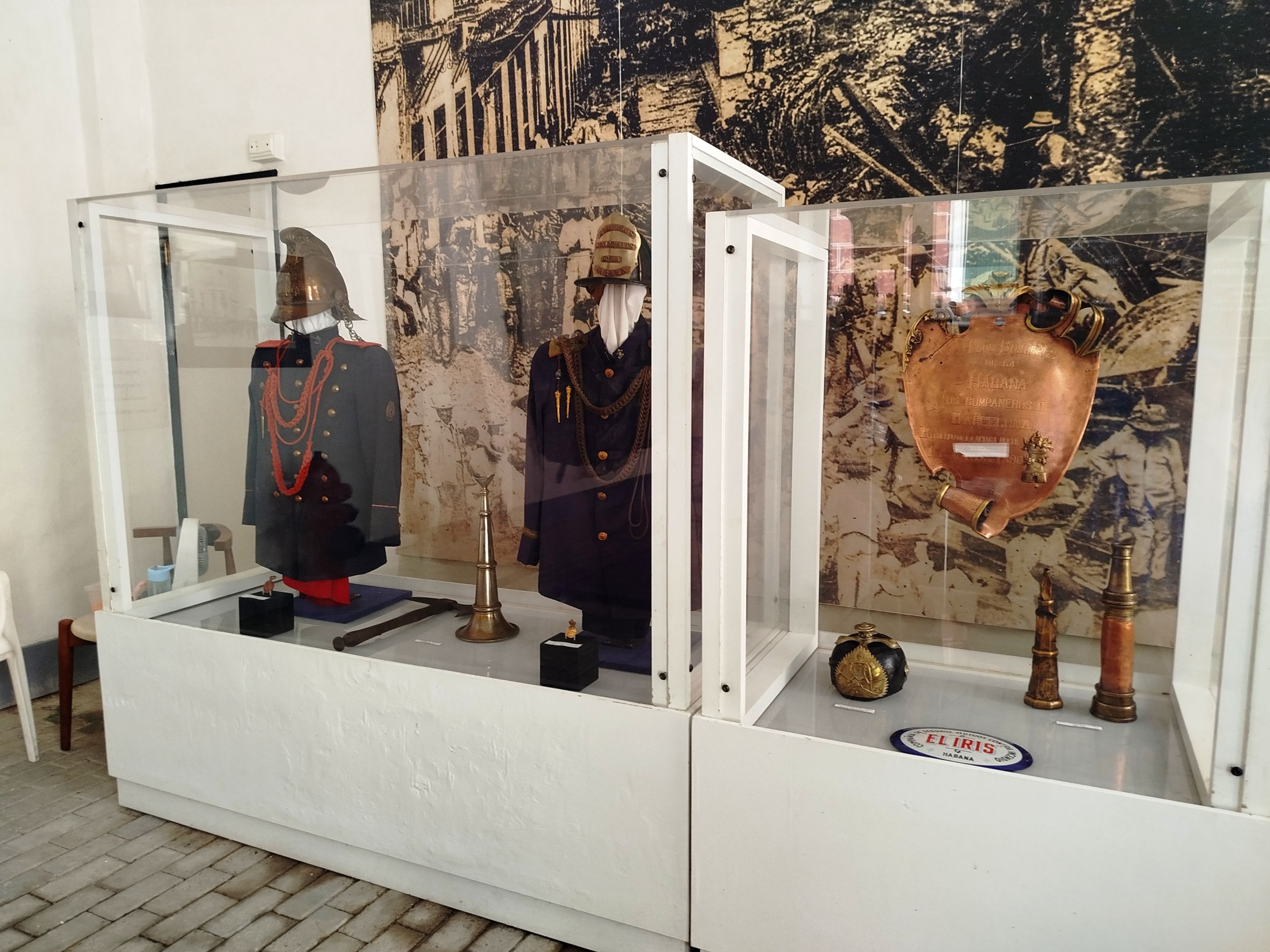

As the museum guide explained to me, every May 17th, a ceremony is held at this site and also at the Colón Cemetery to pay tribute to the fallen. It's an act of continuity and respect, a fire that never goes out.
> *Según me explicó la guia del museo cada 17 de mayo, se realiza una ceremonia en este lugar y tambienn en el Cementerio de Colón para rendir tributo a los caídos. Es un acto de continuidad, y respeto, de fuego que no se extingue.*

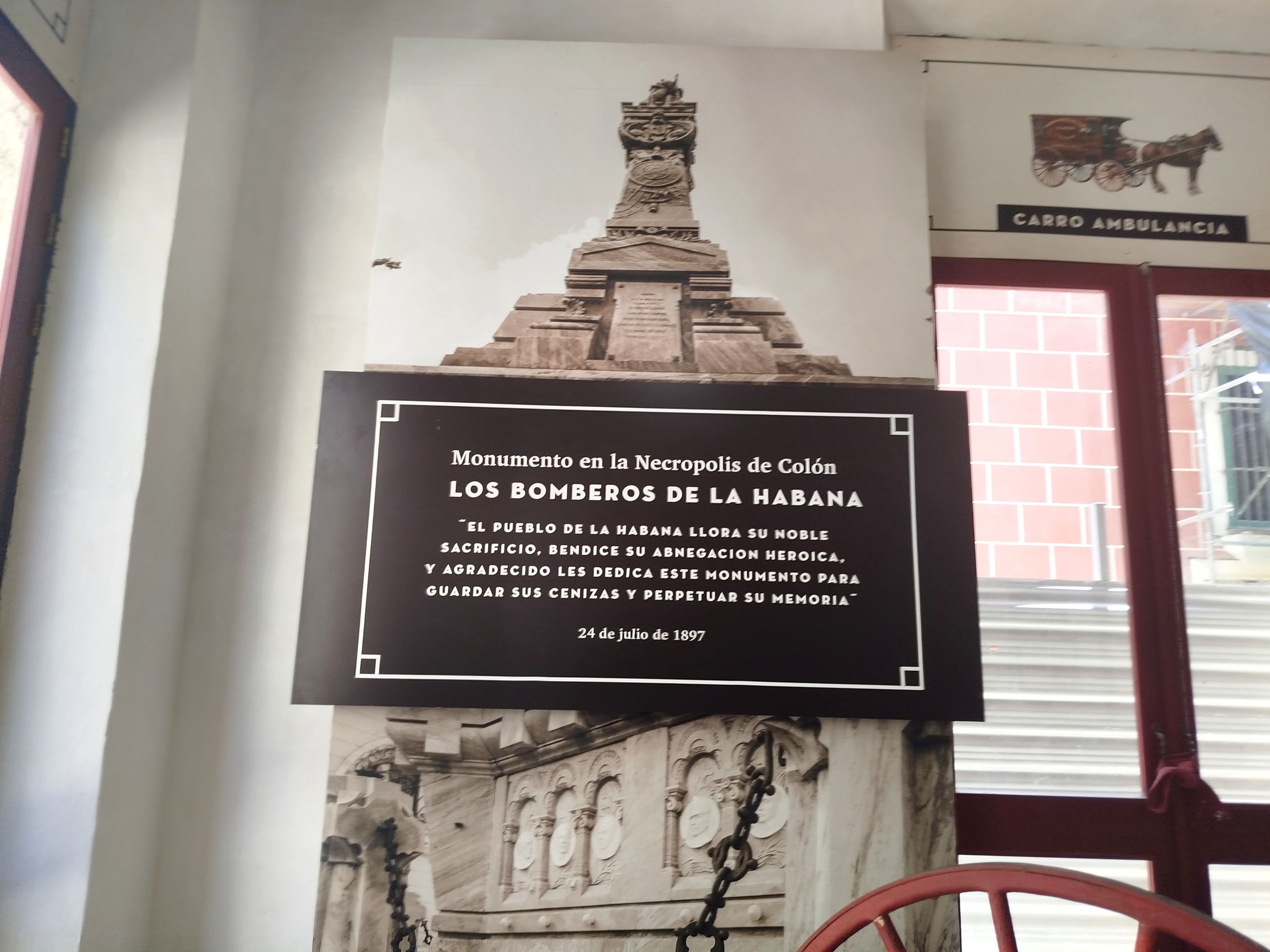
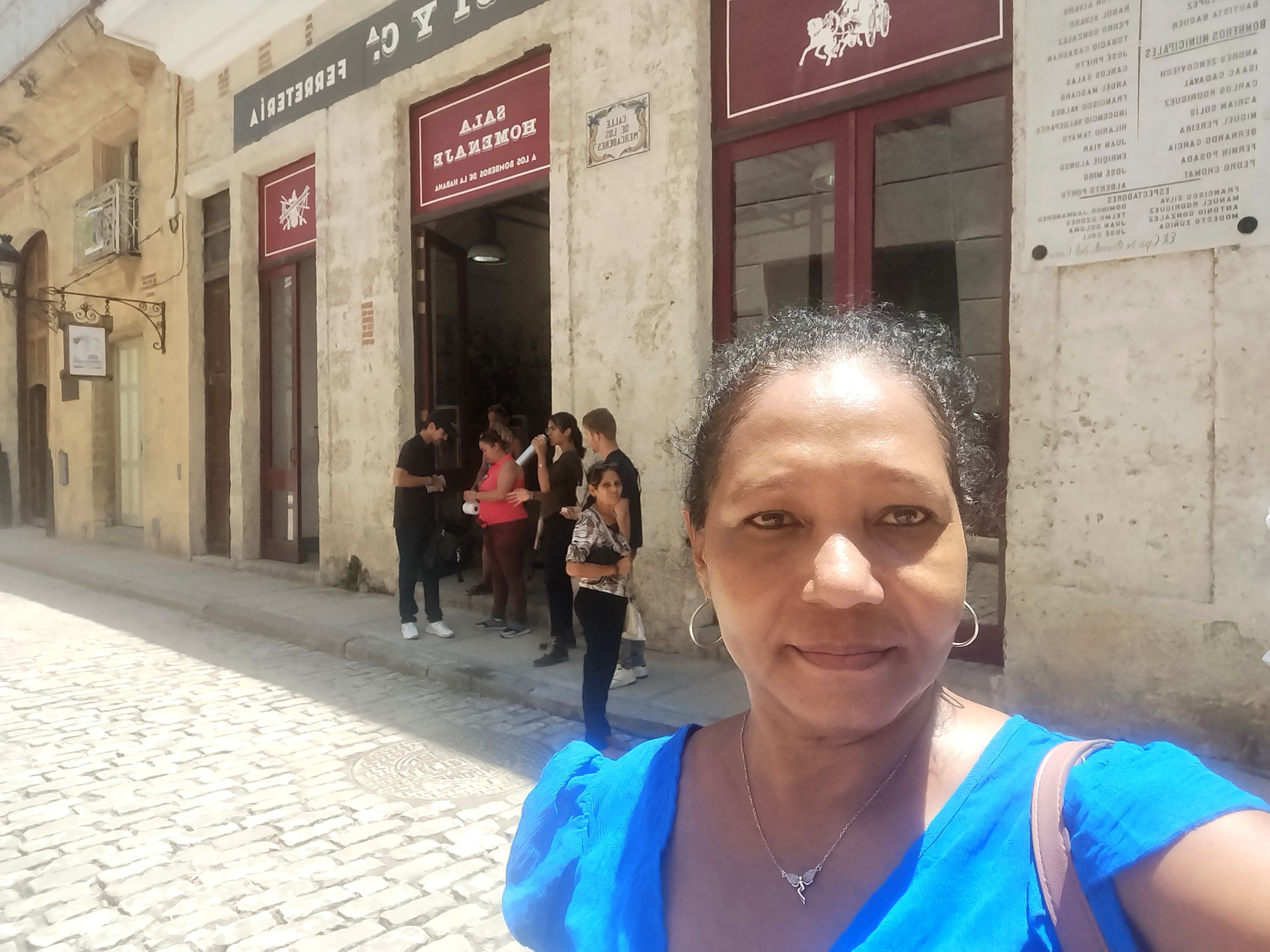
Today, as I left, I felt I had touched a deep fiber of our city. That Old Havana preserves not only stones and facades, but souls. And that every step can be a reunion with who we are.
> *Hoy, al salir de allí, sentí que había tocado una fibra profunda de nuestra ciudad. Que la Habana Vieja no solo conserva piedras y fachadas, sino almas. Y que cada paso puede ser un reencuentro con lo que somos.*
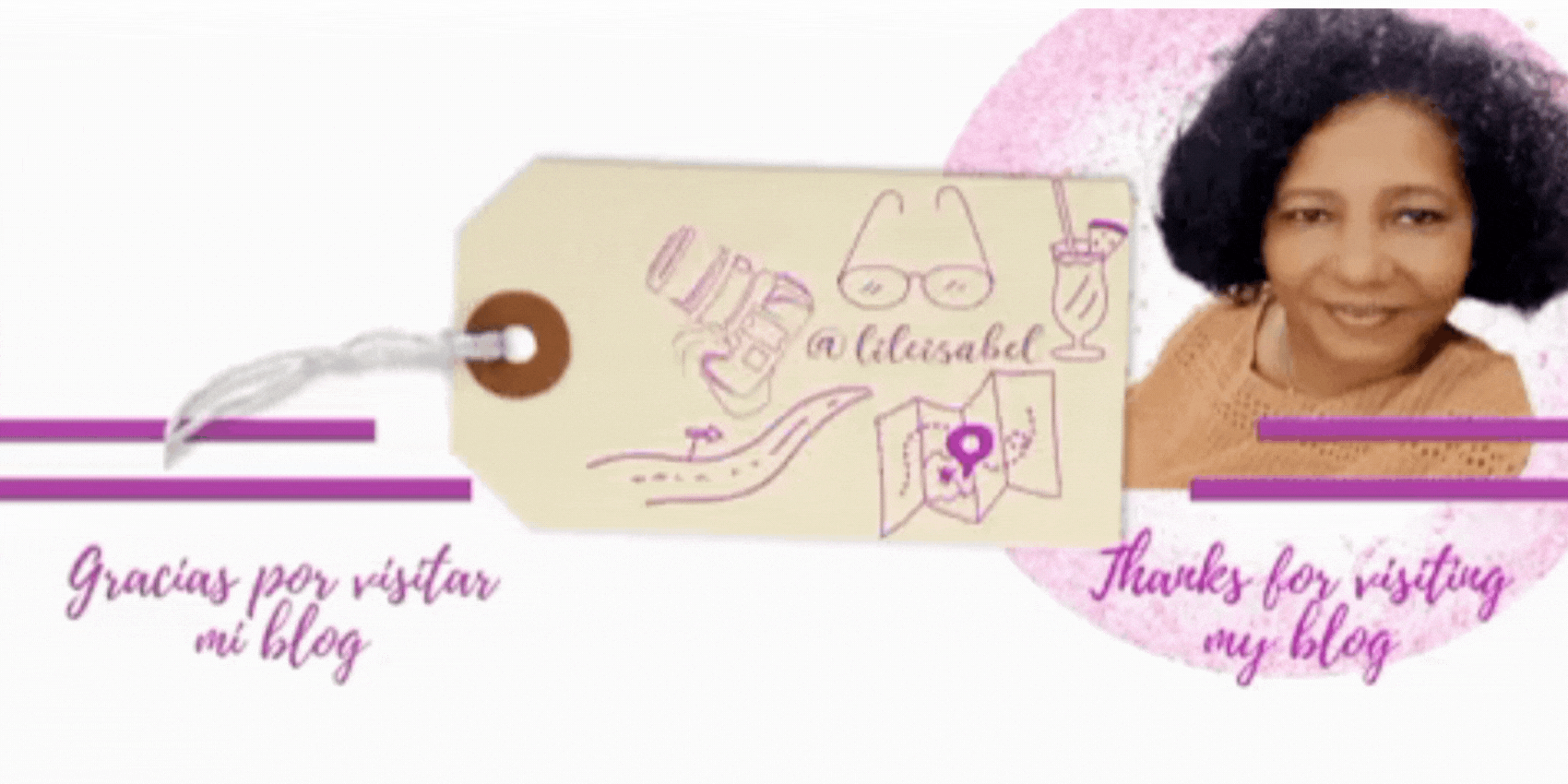
Las fotos fueron tomadas con mi teléfono Xiaomi Note 13, unidas y recreadas en canva.
Usé Traductor DeepL
The photos were taken with my Xiaomi Note 13 phone, joined and recreated in canva.
I Used Translator DeepL